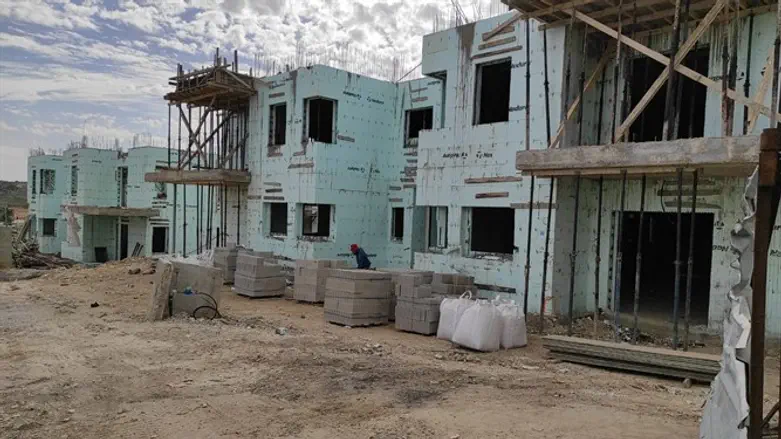
The Kiryat Arba-Hebron Regional Council has announced the marketing of 56 housing units in the new community of Nofei Mamre.
The homes are part of a new construction project designed to strengthen Jewish settlement in the City of the Patriarchs, initiated by Council head Eliyahu Liebman, after extensive planning over a number of years. The neighborhood already boasts a large variety of public services such as daycare centers, preschools, and a synagogue, and now communal areas including public parks and playground areas are also to be added. Nearby, a college for advanced academic studies is in the planning stages.
Council representatives note that the new neighborhood is part of a wider plan for hundreds of new housing units, and that it is located near to green areas as well as public transportation arteries that will link residents to Jerusalem and other areas.
Over the past two years, the Regional Council under Liebman’s leadership has invested tremendous effort in expanding the Jewish community in Kiryat Arba and Hebron, and in pushing through authorization for construction plans as part of a broader ambition to strengthen and expand Jewish settlement throughout Judea and Samaria.
The Council stresses that construction in the new neighborhood has actually already begun, and that new residents, some of whom have already purchased apartments, will be able to move into their new homes as soon as construction is completed.
Council head Eliyahu Liebman stated on Sunday that, “We feel tremendously privileged to be able to make these great efforts to build more and more homes and to expand the community here and Jewish settlement in general in the City of the Patriarchs. As construction on the new road linking the city to Jerusalem progresses, we are seeing a huge rise in demand for housing here, particularly from young couples, and with G-d’s help, we are seeing amazing success and hopefully will soon be able to authorize even more housing units, more infrastructure projects, more communal structures, and more educational institutions.”
